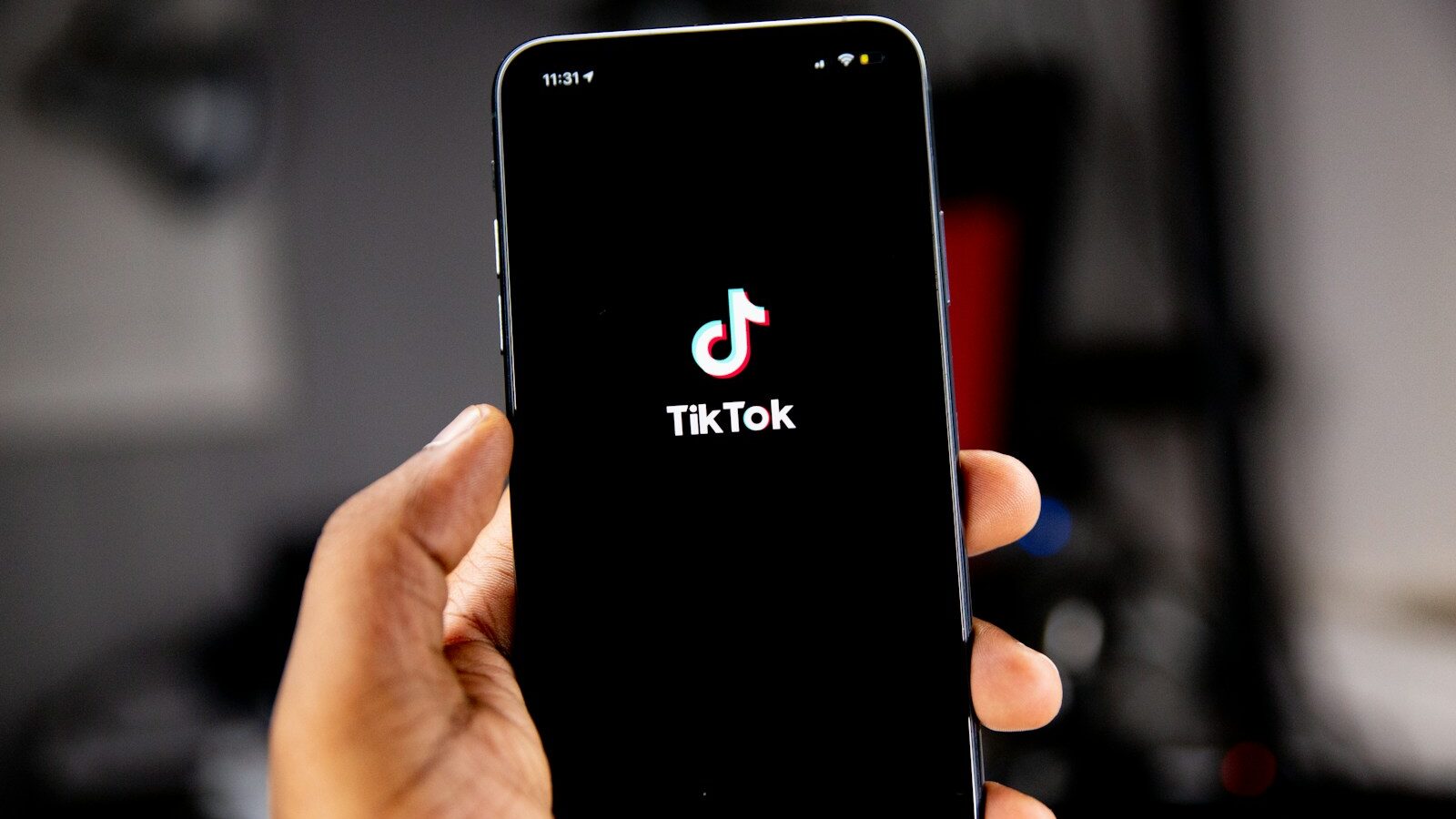Without budget, culture and engagement programmes are doomed to failure – but some HR teams find it increasingly difficult to justify such expenditure as their budgets get squeezed.
I confess to being a data geek. Those who know me well often use more unkind words to describe that trait (you know who you are) – and I’m often surprised when others talk to me about measurement challenges and the astronomical amount of money they are prepared to spend to solve the issue.
If you’re going to measure engagement with a questionnaire, then make sure you tailor it to your company, and focus on capturing the emotion of the participants.
Fundamentally this challenge is about recognising the information assets you already own – too often communications and HR groups struggle with taking those assets and turning them into action.
So here’s a simple guide for some quick wins on data.
Active measurement
First is the one everybody thinks of: active measurement techniques for engagement. Bluntly speaking this typically revolves around an employee survey being sent around the organisation, then presenting the results from the survey tool.
You know the ones I mean. If it’s not four questions buried in the dreaded ‘98 Question Employee Opinion Survey’, then it’s a generic survey asking such questions as ‘How would you best describe your level of interaction with your immediate manager/leader/annoying boss?’.
Then the team responsible starts looking for ways to spin the data.
If you have 33 people that love their job, 33 that think it’s OK, and 33 that hate it. You could say that two thirds of employees are happy in their job. Then you could go on to group all the ‘strongly agree’ and ‘agree’ together for the next one to make things look better. ARGH!
If you’re going to measure engagement with a questionnaire, then make sure you tailor it to your company, and focus on capturing the emotion of the participants.
Set a target for participation and consider that to be your best measure of success. Lack of response is an indicator that those being surveyed don’t expect any action to be taken and don’t see the value in giving you their opinion.
Passive measurement
This brings us onto passive measurement – a much more powerful tool, especially in the early stages of determining levels of engagement. If you already know your participation statistics from other surveys you’ve completed over the years, then plot that on a chart and you’ll get a rough engagement measure to start with and how this has changed over time.
Read on but beware, because we may get a little more geeky… Here are just five (of many) common nuggets of employee engagement gold you already have in your systems.
1. Engagement of managers
Do you have performance management tools? Do you have an annual window of participation when managers have to complete them? Is there a ‘free text’ field along with the review. Great! You have a very powerful engagement statistic just waiting to be measured.
Who is more engaged? The manager who completes the review process in the first week of the window, or the one who completes it on the last day? The manager who writes 500 words on the employee, or the one that writes 20?
Get a report from whoever the administrator of the system is on manager, completion date and length of the text field. Then play about with both measures in excel and rank them.
2. Engagement with your company’s intranet
Do you have an intranet? Does it have company information on there? Information about your board of directors? Products? Good news, that’s another statistic for engagement just waiting to be tapped into.
Your IT folks can send you a report that shows you the number of hits on any specific pages that everyone in the organisation has recorded. If Mabel has 300 hits on the intranet a month and Geoffrey has five, who’s more invested in learning about the company?
You now know who to ask about what information employees need and also have another ranked list of engaged employees.
3. Engagement with your learning and development offering
Compliance training system? Online education? Opt-in leadership development programme? Who completes the required training after the first email? Who leaves it to the last minute? As long as you know when each email is sent you can see who responds – that helps with both communication strategy and determining engagement levels.
Optional training is an even better measure. Take those that complete the training that you don’t send reminders for and you can bet they are a darn sight more interested in the wellbeing of the company (and their own career) than those that don’t. Another one to add to the list.
4. Engagement via a rewards system
How about a recognition system? Many companies have mechanisms where employees and managers can give a shout out for good work done by others in the organisation. Recording the recipients will show you who shines at making extra effort – but recording those that give rewards will show you who’s spending their cycles being more engaged. Add them to your list.
5. Internal social media engagement
And finally, if you have some form of internal social media tool – maybe Chatter or Yammer – then you have a gold mine of information about activity and participation.
Those that spend time sharing information, setting up groups and responding will add even further value to that list we’ve been creating. And the best news is that the system administrator can just push a button and send all the info you need straight to you.
Gaining budget
You now have employee engagement information that you can add to your culture benchmarks from part 1 of the content series. But how can you drive more budget or sustain current programmes?
Easily. By taking all this knowledge and applying it to the business challenges within your company.
Here is a recent success story.
One of my clients wanted to fund an employee engagement programme, but the leadership team saw it as an extension of the EOS, and the job of HR and communications to sort out and nothing more.
So we took engagement information and overlaid that with attrition metrics to produce this chart.
What this (and the rest of the information showed) was that attrition stood at 39% over two years for the totally disengaged employees – who accounted for 11% of the company. It also showed that even at the lowest level of engagement, attrition is halved.
(Some of those employees were incredibly valuable – don’t make the mistake of assuming that disengaged means unimportant.)
Next, choose your current favourite statistic on employee recruitment costs, output loss and staff replacement. Most of these are around 30k per head, and some are 30-50% of an individual’s salary.
In this particular company, the cost of those employees leaving (there were 107) calculated out to be £3.2m. We know that even the slightest amount of engagement halves that number – a saving of £1.6m.
[cm_form form_id=’cm_65a14c3f5da64′]
The budget request was not even close to that number.
If you’re reading this, then I’m sure you have a success story of your own. We know that engagement and culture improvements help companies reach their business goals – but it’s not enough to talk about it without presenting evidence of success.
Interested in this topic? Read Getting employee engagement on your CEO’s agenda: presenting your case.









